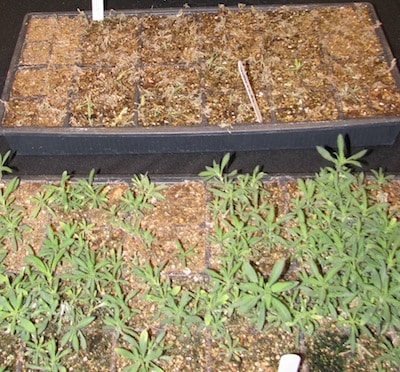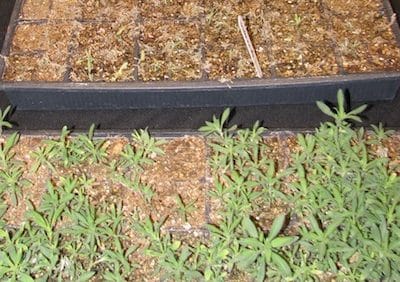
Glyphosate-resistant kochia was officially documented in 11 fields in Alberta in 2011. It was confirmed in Saskatchewan in 2012 and Manitoba in 2013. It could spread quickly by prevailing winds that move the tumbling weed and by gene flow through out-crossing.
The pre-seed window is a critical time to control kochia as 80% of kochia seedlings emerge before the crop. However, keep in mind that all kochia in Western Canada can be considered Group 2 resistant. For good long-term management and prevention of glyphosate-tolerant kochia escapes, use a rotation of broadleaf control products with good activity on kochia and that include actives from groups other than 2 and 9. Tank mixes and pre-packs that include bromoxynil, dicamba or Group 14 active ingredients are the choices available. Among those products, only CleanStart (with Group 14) is approved for use ahead of canola and must be applied at the high rate to control glyphosate-resistant kochia. Pre-seed kochia management ahead of cereals will allow more product choices. Taking measures to manage glyphosate resistant kochia before it is visible in the field is critical to managing it successfully. (NOTE: Dicamba resistant kochia and fluroxypyr-resistant kochia has been found in North Dakota.)
